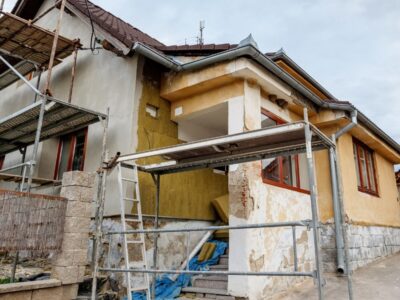An arborist report is a comprehensive document that describes the dangers, health, lifespan and value of a specific tree. A professional tree examination and report can be used for a variety of purposes.
An arborist report’s main objective is to offer an official examination of the type and condition of trees for planning, building and land management purposes. Arborist reports assist city councils in deciding whether or not to award tree removal licenses. They also assist local governments in drafting tree protection legislation, determining procedures to best manage council land and help them identify trees that pose a threat to the community.
Obtaining an arborist report can be a complicated task. However, Same Day Tree Works can put you in contact with a certified arborist in no time at all. Whether you want an arborist report to obtain municipal legislation permission for tree removal or a planning permit for your next building project, they help assist you with the procedure needed to remove trees legally and effectively.
Melbourne Council Permit on Planning
Local governments, towns and states may have different reasons for requesting an arborist report. Local council permit applications, building permits, tree management plans and site consultations are amongst the most common reasons behind acquiring an arborist report in Melbourne.
You will certainly require permission from the council if you wish to trim down the canopy of your private trees or remove them entirely.
Most local government jurisdictions have severe tree preservation rules that need the council’s authorisation before the commencement of any major tree works.
An arborist tree report is one of the most important requirements of these applications. This paperwork enables the council to make an informed decision on whether the work can be completed in accordance with the esteemed tree management strategy.
Arborist reports can vary in length and typically includes the following details:
- Species
- Size (height and breadth)
- Health and structure
- Age
- Origin (native/non-native)
- D.B.H (diameter at breast height)
- T.P.Z (Tree Protection Zone)
- S.R.Z (Structural Root Zone)
- Arboricultural rating (the retention value)
- S.U.L.E (safe useful life expectancy)
While these terms may appear to be interchangeable, there are some significant differences between them.
For formal tree report documentation, an arborist report is the highest standard. That implies it may be used for things like council applications, construction permits, tree removal requests and other official procedures.
A tree inspection, on the other hand, is often a less expensive option that entails a tree examination and analysis but does not include an official report. This is beneficial for anyone who wants their trees analysed without having to provide additional documentation.
The team at Same Day Tree Works are highly qualified and experienced in providing thorough tree surveys, professional arborist reports, tree health inspections, bushfire control plans, risk assessments, tree removal and hedge trimming services. Make a call or request for an online quote to get your work fulfilled. Feel free to contact them now for a no-obligation quote on your next arborist report.








Comments